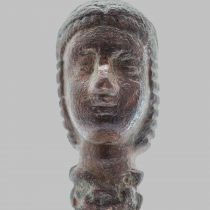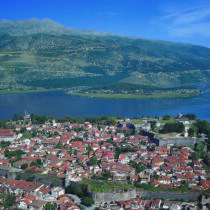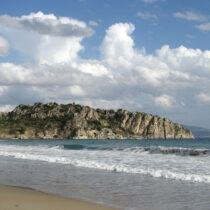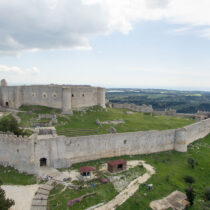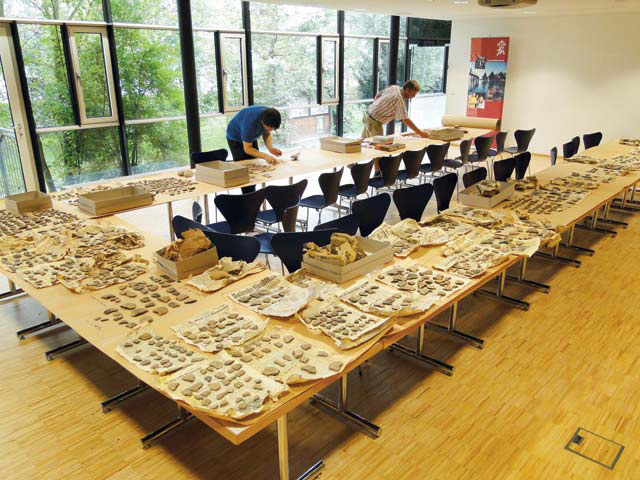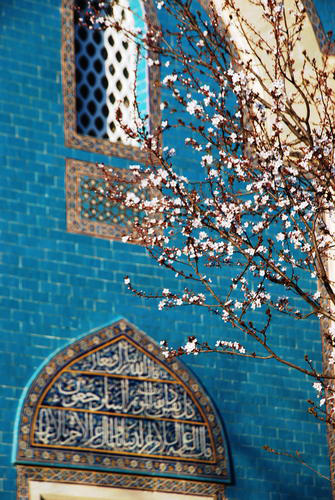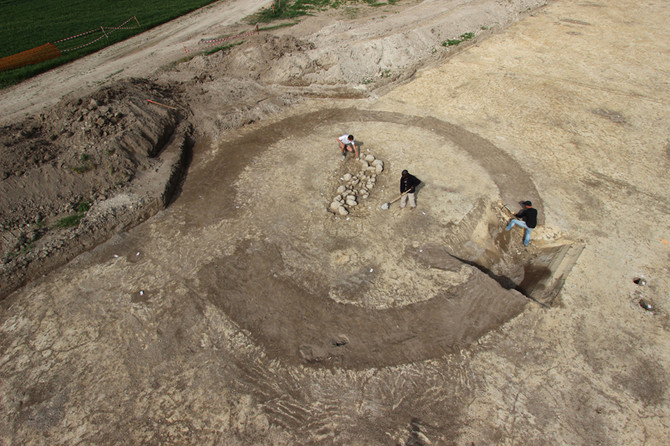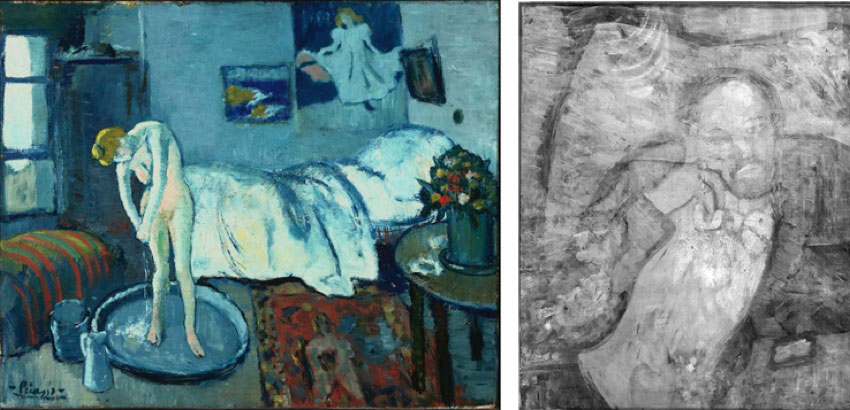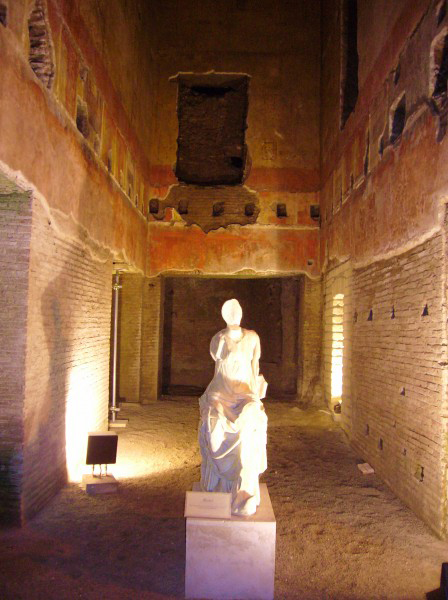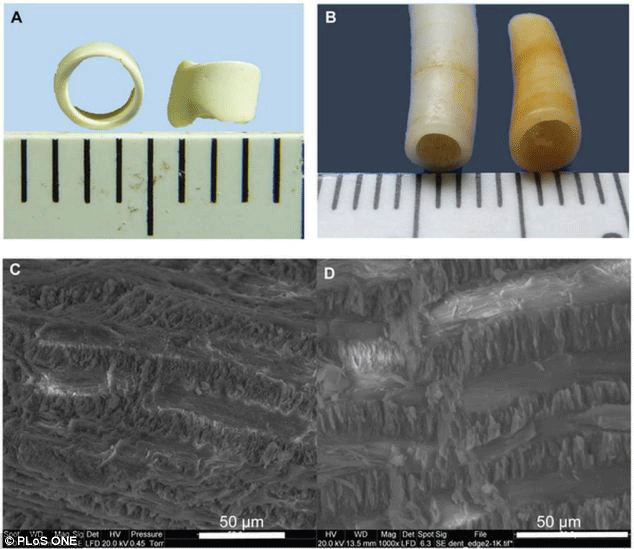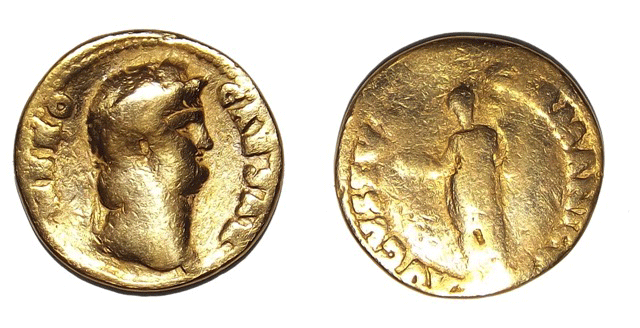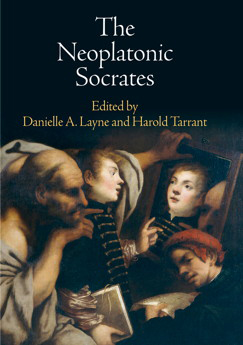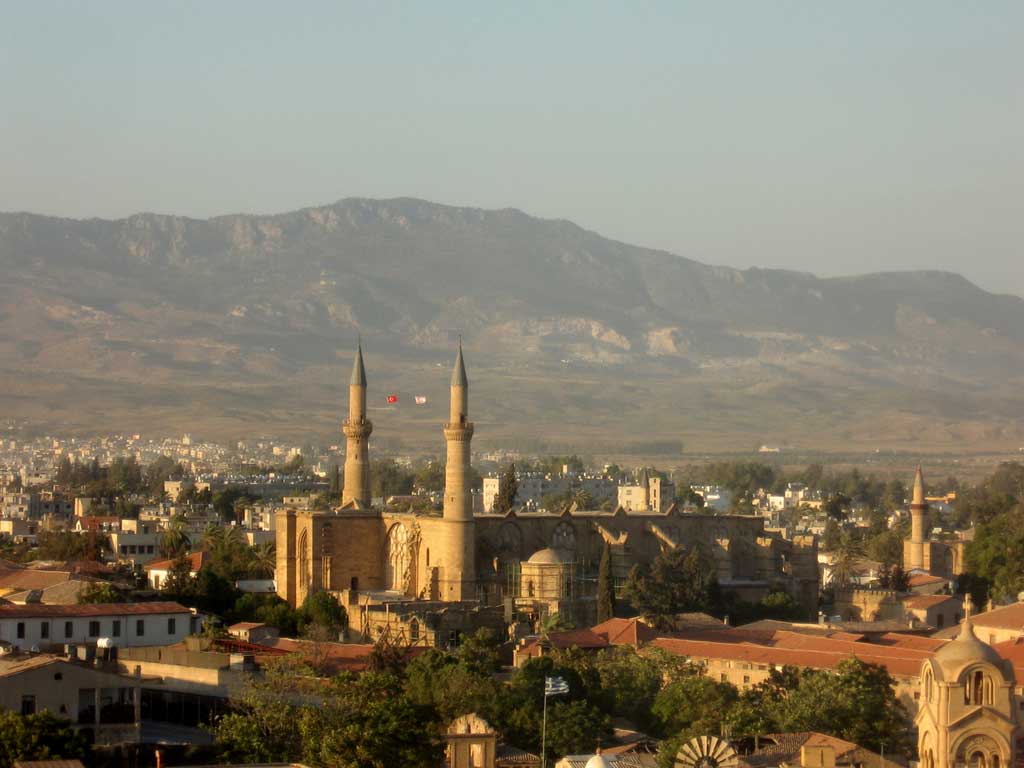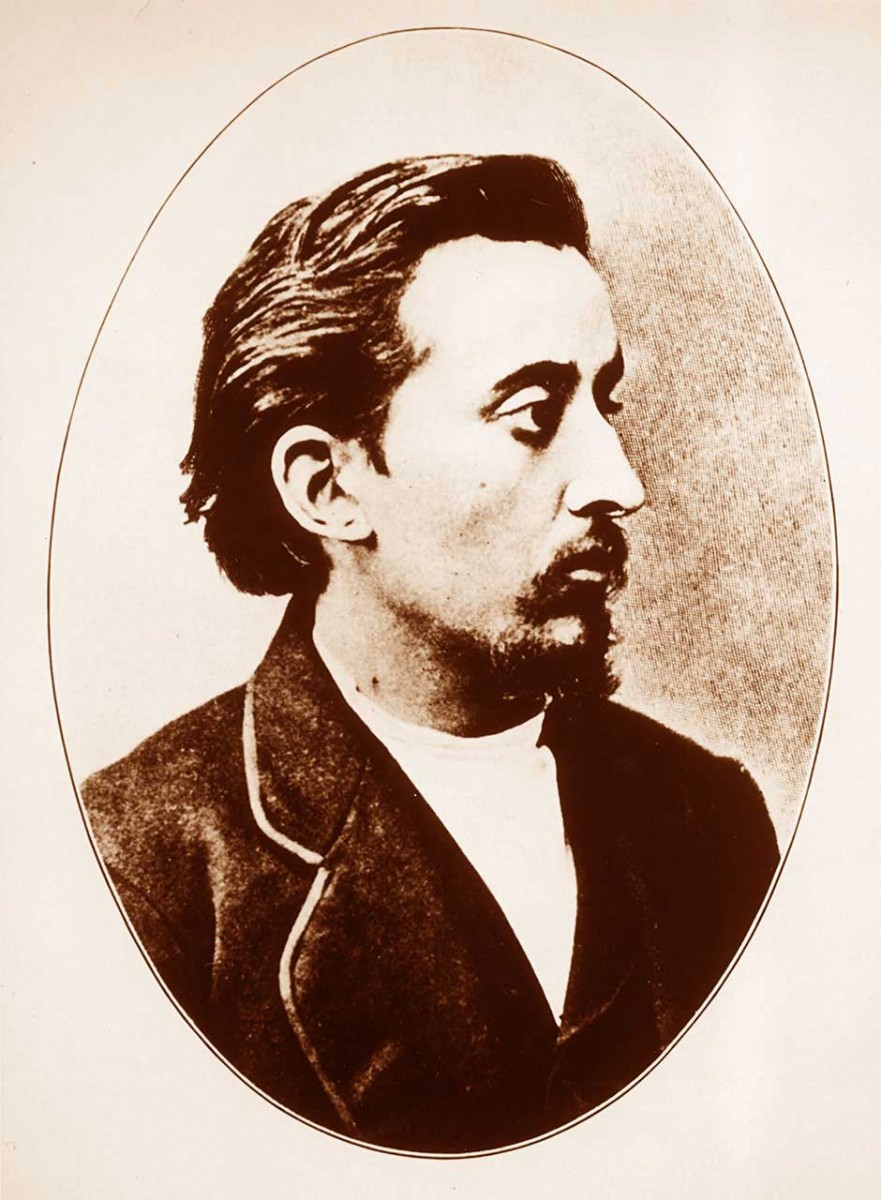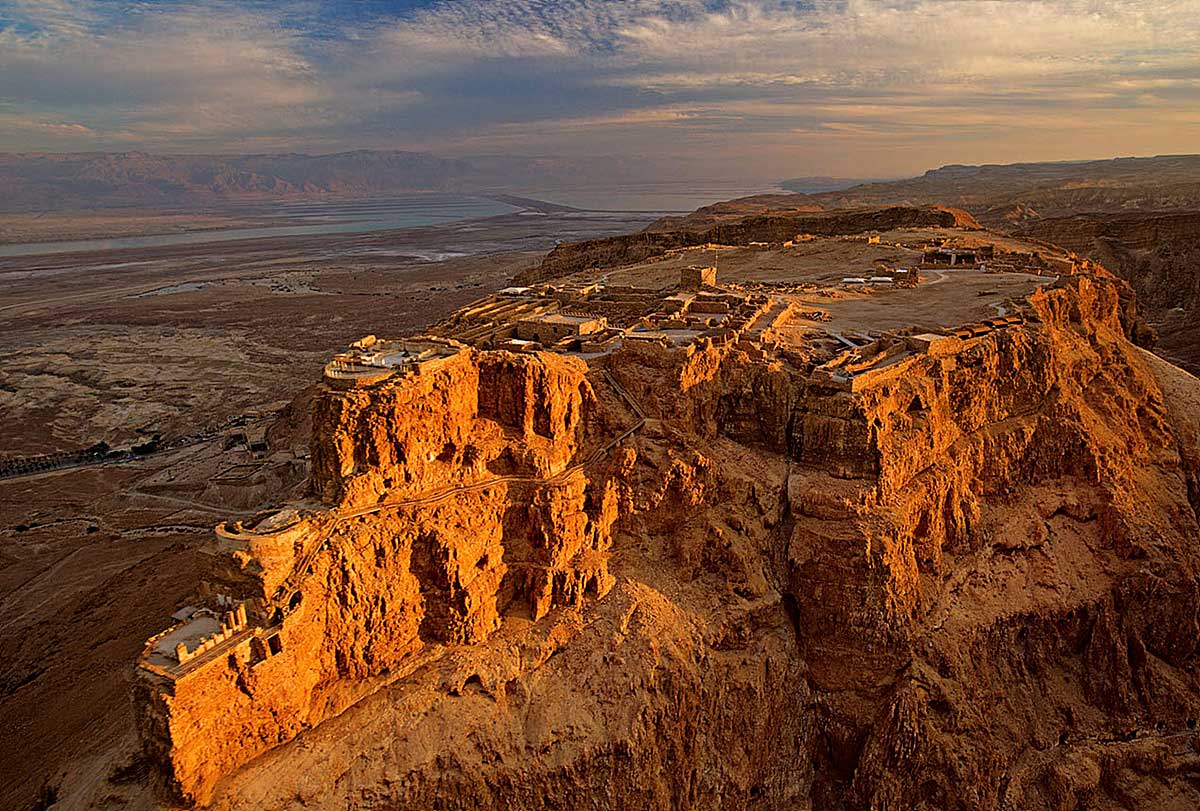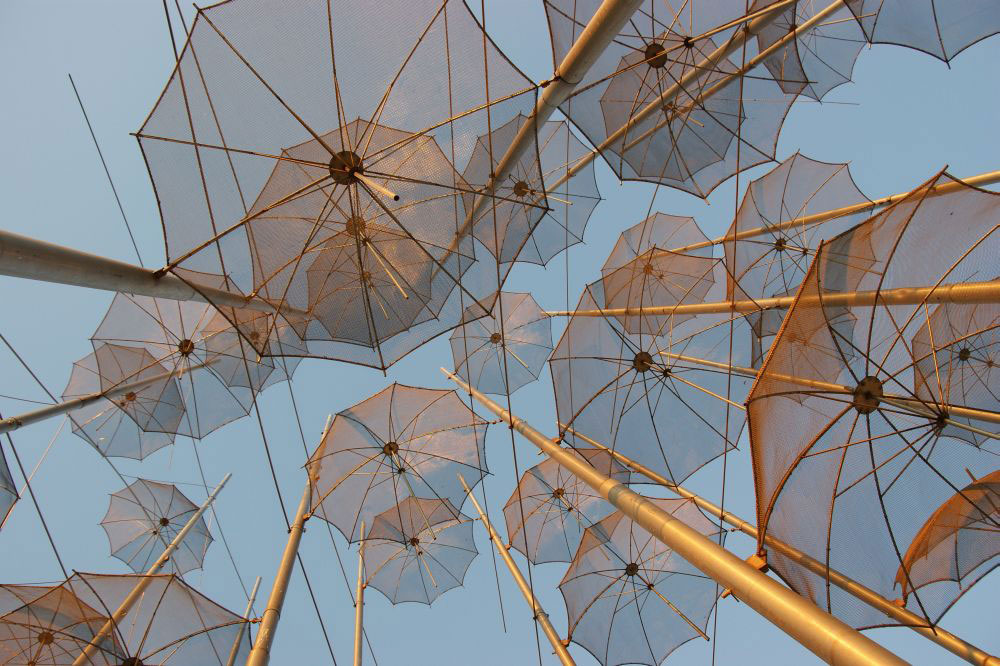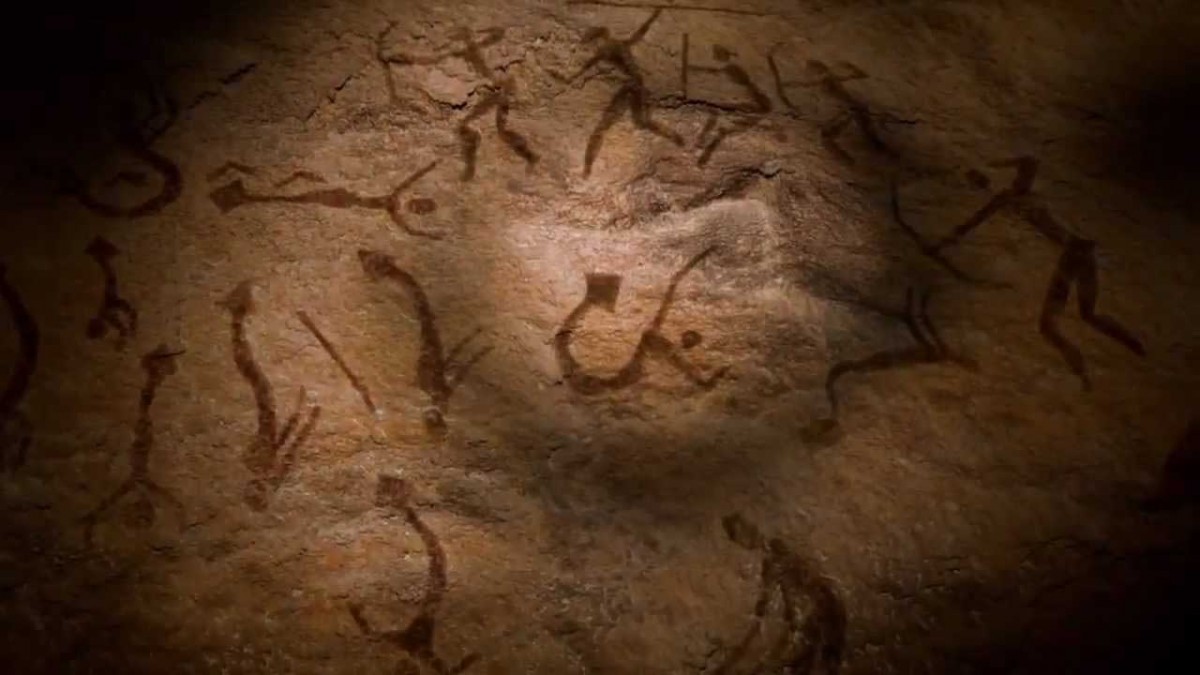Ancient Christian Literature and Christian Apocrypha
An International Symposium on Christian Apocryphical Literature entitled "Ancient Christian Literature and Christian Apocrypha," will be held in Thessaloniki, on 26-29 June 2014.
The Sima de los Huesos hominin
The Sima de los Huesos hominin, previously thought to belong to an ancient human species known as Homo heidelbergensis, is now reported to be an early member of the Neanderthal lineage.
Nazi-looted antiquities return to Greece
Antiquities looted by Nazis will soon be repatriated to Greece, the culture ministry announced on Thursday.
World Heritage List reaches 1000 sites with inscription of Okavango Delta in Botswana
UNESCO's World Heritage List reached 1000 sites with the inscription of Okavango Delta in Botswana.
Associate Professorship of Byzantine Archaeology and Visual Culture
The University of Oxford proposes to appoint an Associate Professor of Byzantine Archaeology and Visual Culture.
The inscribed stele of Eleusis and quality control in antiquity
The study of the inscribed stele's text led to a very interesting conclusion: this inscription is the most ancient example of its kind with strict specifications for the manufacture of bronze fittings known as empolia and poloi.
Bronze Age necropolis at Marigny-le-Châtel
Bronze Age burial monuments and tombs were revealed during rescue excavations conducted by Inrap archaeologists in April 2014 at the commune of Marigny-le-Châtel.
Who’s hiding behind Picasso’s “Blue Room”?
A hidden portrait beneath one of Pablo Picasso's first masterpieces, "The Blue Room" (1901), was revealed by scientists and art experts of The Phillips Collection (Washington DC). Now conservators are trying to identify the mystery man.
Italy seeks funds to save Nero’s Domus Aurea
Italy appealed Wednesday for sponsors to help restore Emperor Nero's Golden House, the Domus Area, in the heart of Rome, saying 31 million euros ($42 million) was needed to repair the majestic complex.
Shell beads from the Mediterranean in Bronze Age Britain?
Non-destructive methods of analysing organic material used to make jewellery beads in Bronze Age Britain showed Britons "bough locally".
Nero coin found at Vindolanda
A gold coin bearing the image of Nero is the first of its kind ever discovered so far in Vindolanda. Its date compared to the layer it was found hints that it was in circulation for more than 300 years.
Doctoral Scholarship at Erfurt on Ancient Sanctuaries
The Max Weber Centre for Advanced Cultural and Social Studies at the University of Erfurt in cooperation with the Humboldt Research Project “Sanctuaries” and the ERC-funded Research Group „Lived Ancient Religion” offers at the earliest possible date Doctoral scholarships.
Acropolis Museum: Five successful years
Brief account of the Acropolis Museum's achievements and success in its five years of operation by the Museum's President, D. Pandermalis.
Archaeological survey at the Tremithos valley
The first season of archaeological investigation at the Tremithos valley under the direction of Dr Sarah Stewart has been completed.
Interdisciplinary Studies of Ancient Materials from the Mediterranean
The NARNIA research network announces the organization of the international conference, entitled: “Interdisciplinary Studies of Ancient Materials from the Mediterranean.”
Doctoral studentship at the University of Reading
The University of Reading's Department of Classics offers a full-time PhD studentship for an excellently qualified candidate to pursue a PhD in any field of Greek studies.
Social relations and networks in the Graeco-Roman East
International colloquium organized by the University of Munich. Registration required, until June 20, 2014.
The Open Mind of Lafcadio Hearn
International Symposium in Greece to commemorate the 110th anniversary of Lafcadio Hearn’s death.
Biblical Archaeology Review (July/August 2014)
Discover the Siege of Masada from the Roman Viewpoint in the July/August 2014 Issue of .Biblical Archaeology Review
The Kyklos Project
Kyklos@Classics@ is a program devoted to new and developing scholarship concerning the Greek Epic Cycle.
The “Umbrellas” by George Zongolopoulos travel in the Far East!
The "Umbrellas", one of the most recognizable sculptures of George Zongolopoulos, will be included in the edition Landscape Installation Art (Beijing, 2013).
The “wonderful rubbish” of the Gilf Kebir desert
The discovery of the "wonderful rubbish" of the Gilf Kebir desert underlines the vital importance of safeguarding heritage sites.
Plague Victims’ Remains Found in Thebes
Archaeologists have uncovered the remains of an epidemic in Egypt so terrible that one ancient writer believed the world was coming to an end.
